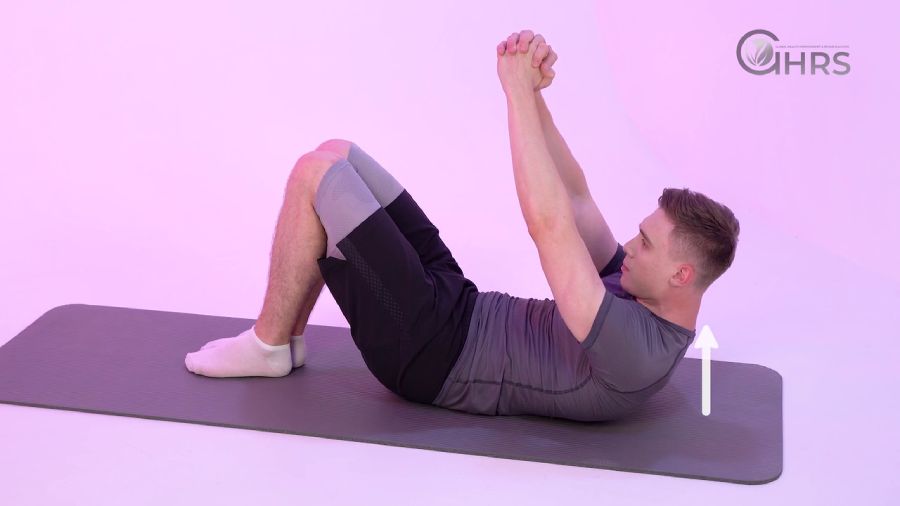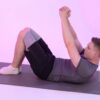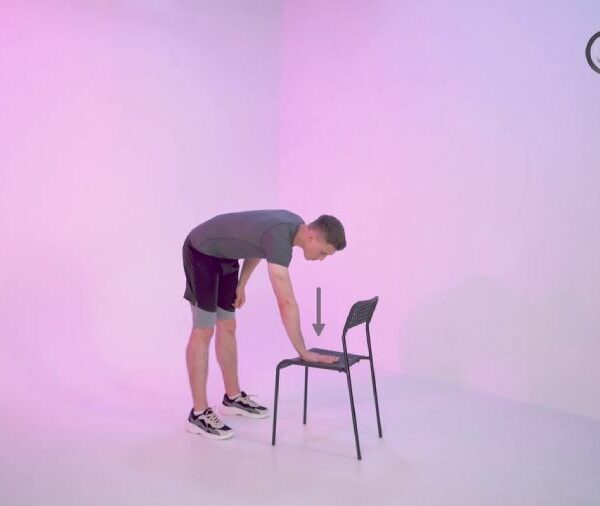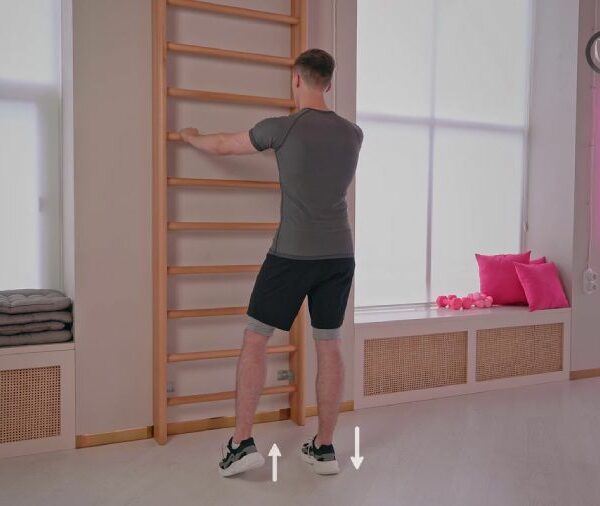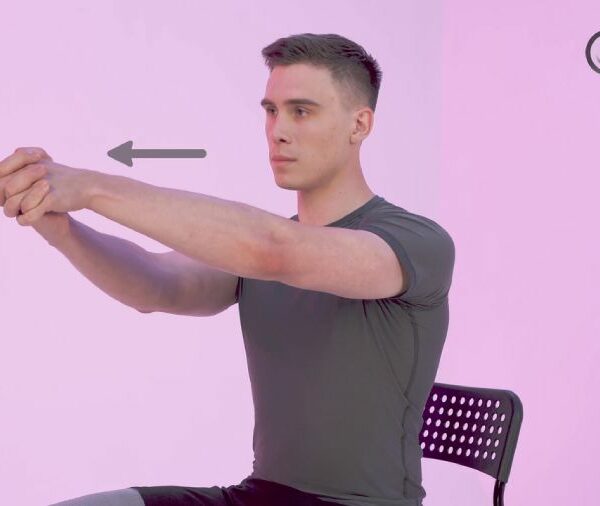Set №1 consists of 11 exercises, the total duration of the set is 27:32 min
Set of exercises №1 is aimed at improving and learning the functions related to mobility in bed, shifting to the sides, turning to the side, standing up, performing a transition (transfer) from a lying position to a sitting position and vice versa, turning on the stomach.
REQUIRED ACCESSORIES: a gymnastic mat, bed, preferably with a hard surface (if it is hard to lie on the floor or sit on a chair) – 1-1.2 m wide, 45-50 cm high, a pillow, a towel.
NOTE: In most of the exercises, the terms are used: weak (paresis) arm or leg, strong side or arm/leg.
All exercises are components of a specific movement or practical function, and their main goal is to improve a definite everyday living function.
THEREFORE! It is advisable to draw up a comprehensive program and select exercises after a thorough check by a rehabilitation specialist and according to his detailed recommendation, depending on a person’s physical and functional condition, while observing the basic principles of neurological rehabilitation, using the maximum potential for recovery. Often, the assistance of a family member or an instructor or trained caregiver is required to perform the exercises.
The function is divided into constituent elements of movements and stabilizing components, as far as possible from the pathological muscle tone, which are rehearsed by repeated exercises until they can be performed together, adding up and creating an automatically performed function (movement).
It should be remembered that the pathological increased muscle tone is manifested, as a rule, in the upper limb – flexor, and in the lower – extensor. Rarely, there are exceptions to the rule. In the first weeks after a stroke, flaccid (low muscle tone) is observed.
For a successful rehabilitation and recovery process, a patient’s desire to return to normal functioning, his active participation, motivation, cognitive condition, belief in the improvement and gaining autonomy and functional independence are very important.

